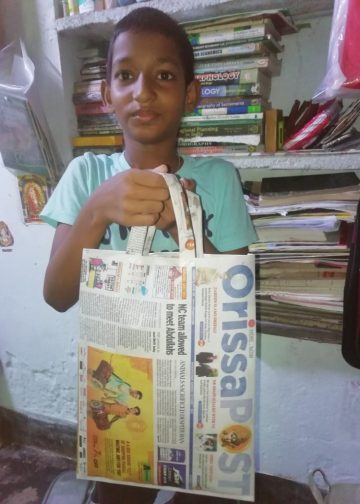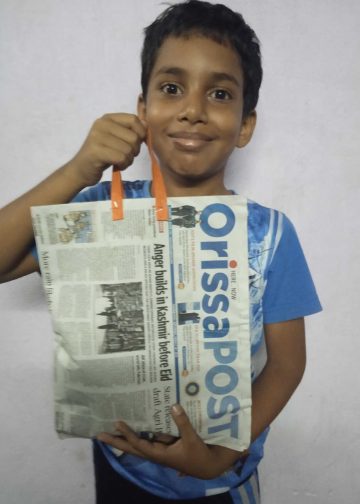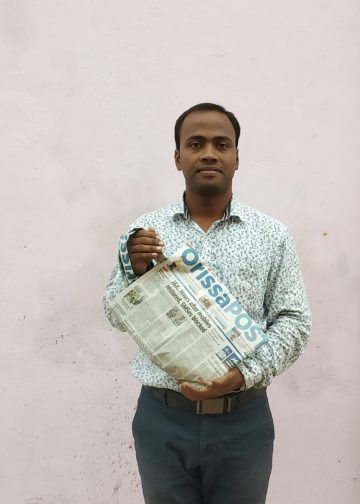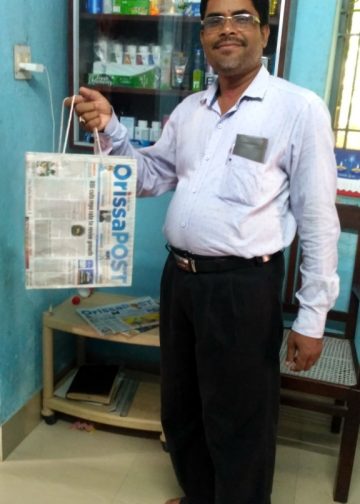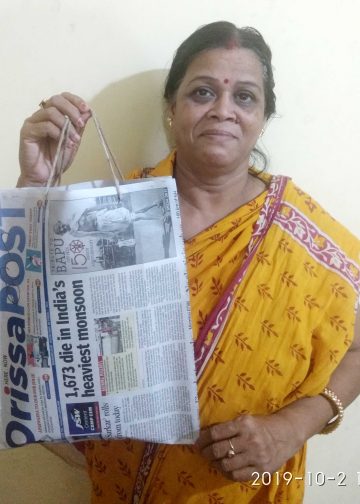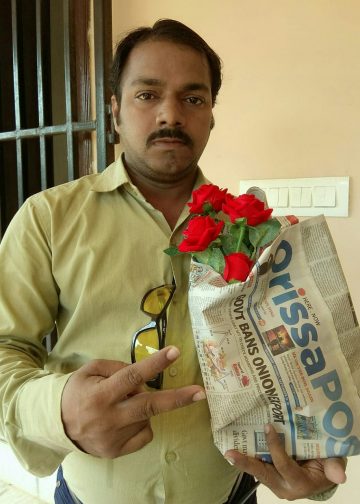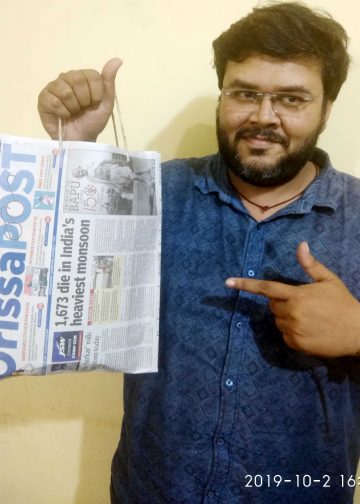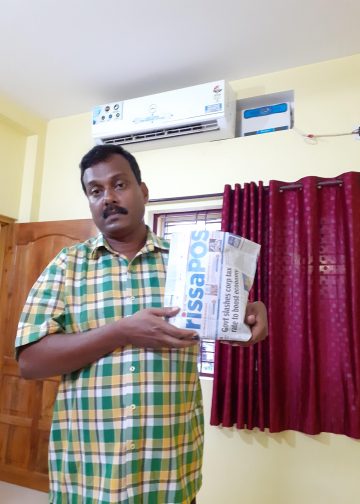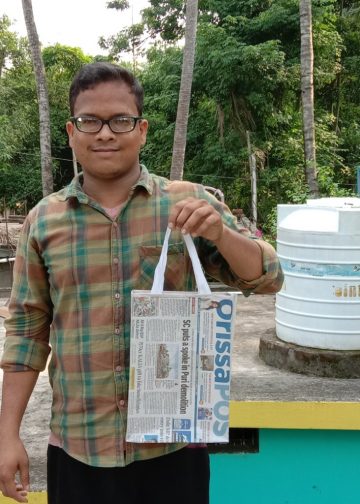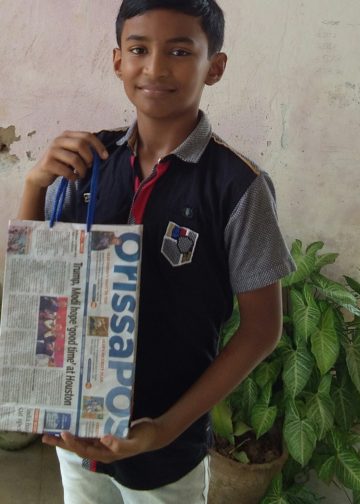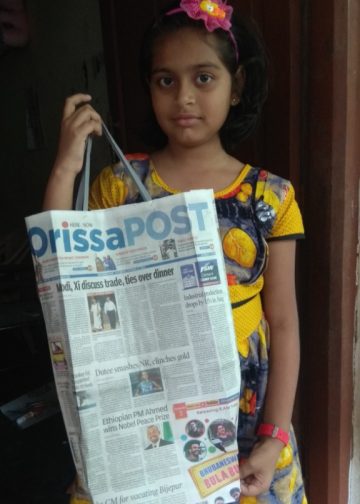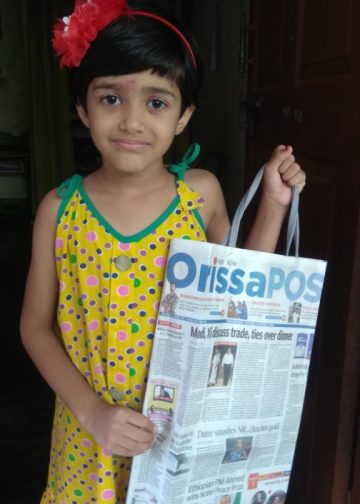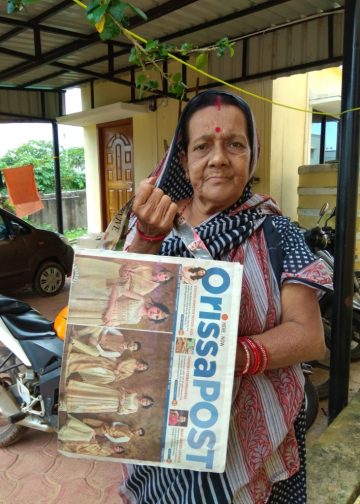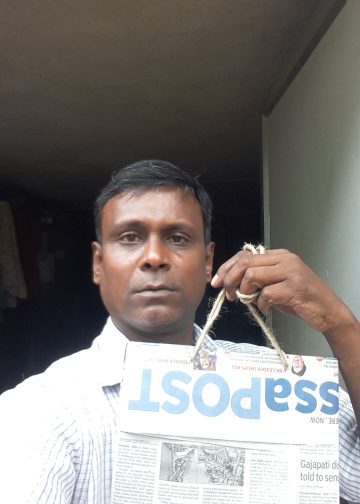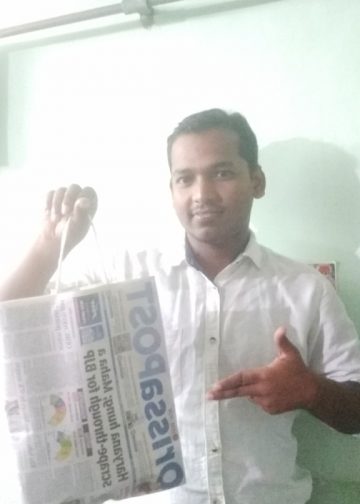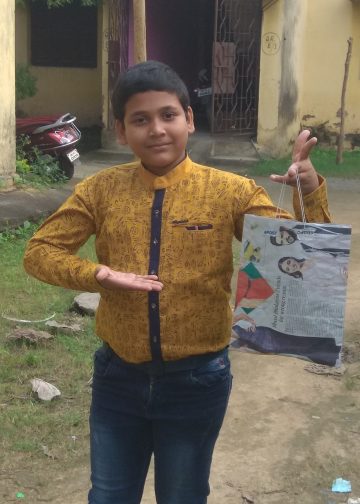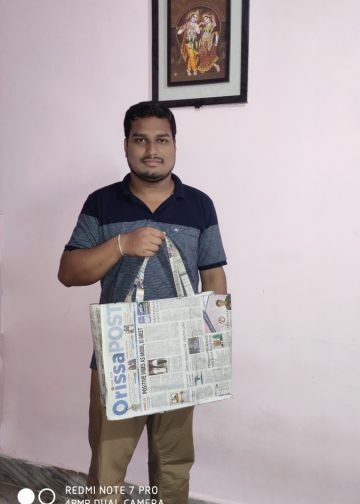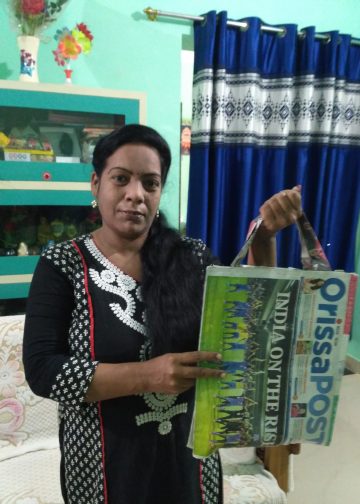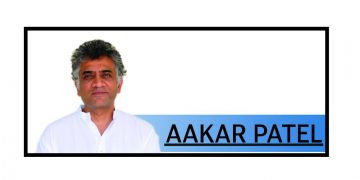SUNDAY POST FEB 8-14
ANIL DEY
The Sun Temple at Konark, a classic example of Indo-Aryan architecture, did not last more than 300 years. It is true that this 13th century temple suffered severe damage from repeated Muslim attacks like many other temples, the most prominent being the Jagannath temple in Puri. While Jagannath temple was resurrected during the reign of Chodagangadeb in the 12th century Konark’s Sun Temple remained in a state of neglect. Other than Muslim attacks there were other causes behind its slow degradation. After the fall of Mukundadeb in 1568 AD and the political upheaval that followed, there was little scope for resurrecting the structure. The damaged temple was deserted, periodically looted by art-hunters the world over, and eventually sand dunes covered its existence. Thus the curtains descended on the dream project of Raja Narasinghadeb I to rise again many centuries later at the end of 1900 with the firm step taken by Lieutenant Governor Sir John Woodburn to undertake conservation work lasting 10 years. For what we see today, the nation will remain ever grateful to this Englishman. And what do we see today? The Rekha deula with three Nisa deula surrounding it are gone. The Jagamohona with a great plinth exists but is badly mutilated. Best pieces of chlorite image are gone and the remaining sculptures are at their terminal stage of leprous decay. Yet the decaying monument gives the world a peep into the excellence of Indian architecture.
Much controversy exists over conservation of the monument. With stone pieces falling from the top at irregular intervals and the stone sculptures decaying fast, many accuse the Archaeological Survey of India (ASI) of gross negligence. In reality, its accountability on this score is not as bad as is pointed out to be. Keeping with the compulsion of corbelling technique used in medieval Orissan temples, no lime mortar was used in the joints. Water seepage through the dry joints was inevitable. This, in turn, gave rise to biological growth and chemical decomposition of stone, turning it into a powder like substance called Khondalite phosphate. For around 600 years there was no periodical maintenance. The monument was entrusted to ASI in 1939. One could be reasonably sure that the ASI is using the best chemical swab available but it is quite evident that it is fighting a losing battle. Scientific and effective conservation is essential which brings us to a detailed discussion of the issue.


Sealing the porch and filling it with sand in 1900–06 was certainly a wrong decision. In the corbelling process, the tendency of each layer is to fall inside while the fall is arrested by a tightening body contact of stones. Giving it a prop from inside will only go against the vertical forces and destabilise the corbelled process. It is for this reason that BN Filden and P Bekman – both from UNESCO – stated in their report in 1987 that neither the additional wall inside nor the sand filling was necessary and advised their removal. Ten years later, G Groci from Italy also repeated the same advice and urged removal of sand immediately. On March 2010, a group of 65 experts assembled at Konark and reiterated the former advice to remove the trapped sand immediately. It is unfortunate that the ASI is still dragging its feet while biological growth and erosion are bringing the temple down. That the Jagamohona has not yet collapsed is perhaps accountable to its thick walls and the effectiveness of corbelling technique.
The third aspect of conservation is important. The Indian National Trust for Art and Cultural Heritage (INTACH) has been urging since long to restore the lost limbs of the beautiful images and lost portions of scrolls. The lost portions are now being built with plain stone cubes or concrete presenting a ghastly spectre. Another forum named the Kalinga Heritage Preservation Trust (KHPT), voiced this concern with various data and photographs in their seminar in February 2013 and again in February 2014 in Bhubaneswar. ASI is unwilling to relent, on the plea that their guideline set by John Marshall, a former DG in 1902-28 forbid falsification of truth. One begs to ask, whether placing a stone cube in place of lost head or dumping concrete to fill up the lost midriff bolsters the truth? Yet the stated code did not stand when Humayun’s tomb, a short while ago, was renovated. This is a classic battle between the tangible and the intangible over which the world at large have already taken a stand. The global opinion now is that the intangible is as important as the tangible. This view is aptly enshrined in Venice Charter 1964, Nara Document 1994 and Burra Charter 1999. The ASI apparently does neither respect global opinion nor national aspiration.
While controversy continues for over half a century on preservation measures it is almost certain that the Sun Temple will be reduced to a mound of disfigured stones in less than 100 years. The conservation measures may still continue for technical reasons but even the lingering perfume of camphor (to quote Gopabandhu) would have gone. It has, therefore, been a cherished national dream of Oriyas and many art lovers to see this temple again in a new form. This dream has also landed in endless controversy.
Some people question the very capability of present-day architects, engineers and sculptors to create another Konark. Despite the massive improvements in 21st century technology the ability of craftsmen to erect another ‘masterpiece’ is open to doubt. The word ‘masterpiece’ demands a definition.
It is commonly believed that copying the great architectural wonders and works of art alone can help preserve heritage. Nothing could be farther from the truth. The iconography of Konark temple can also be discerned in other temples in the state — the Gaja-singha, Sarpadeba-debi, languishing girl, eroticas and even the scroll work. It is also not a fact that all the friezes of Konark temple are artistically beyond reproach. There are many substandard crude works. Yet, what makes the Konark display so great? It is in the vastness of the architectural concept and masterly arrangement of the friezes to match that vastness that makes it different. The great art historian, Charles Louis Fabri calls it ‘Baroque’, which was practiced in medieval European churches and monasteries with élan. Essentially, it is a style of presentation, expressing a theme in myriad interpretations as in higher classical music. The state’s artists, who had not even heard of Baroque, reached a pinnacle here. Now there is a lot of talk about creating a ‘Mini Konark’. That will surely kill the very essence of a great masterpiece and become a poor copy.
There are hundreds of sun temples in India and abroad. What makes the sun temple of Konark different from the rest? It is in the great philosophy and liberal social values enshrined in the stones of this temple that make it different. Taking a leaf out of Kathopanishada, the great architect makes a statement. Propelled by solar grace, the holy union of man and woman in form of a chariot, rolls on and on through days, months, years and generations to eternity. That is deathless – Amrita. There is nothing parochial or communal in this great philosophy.






